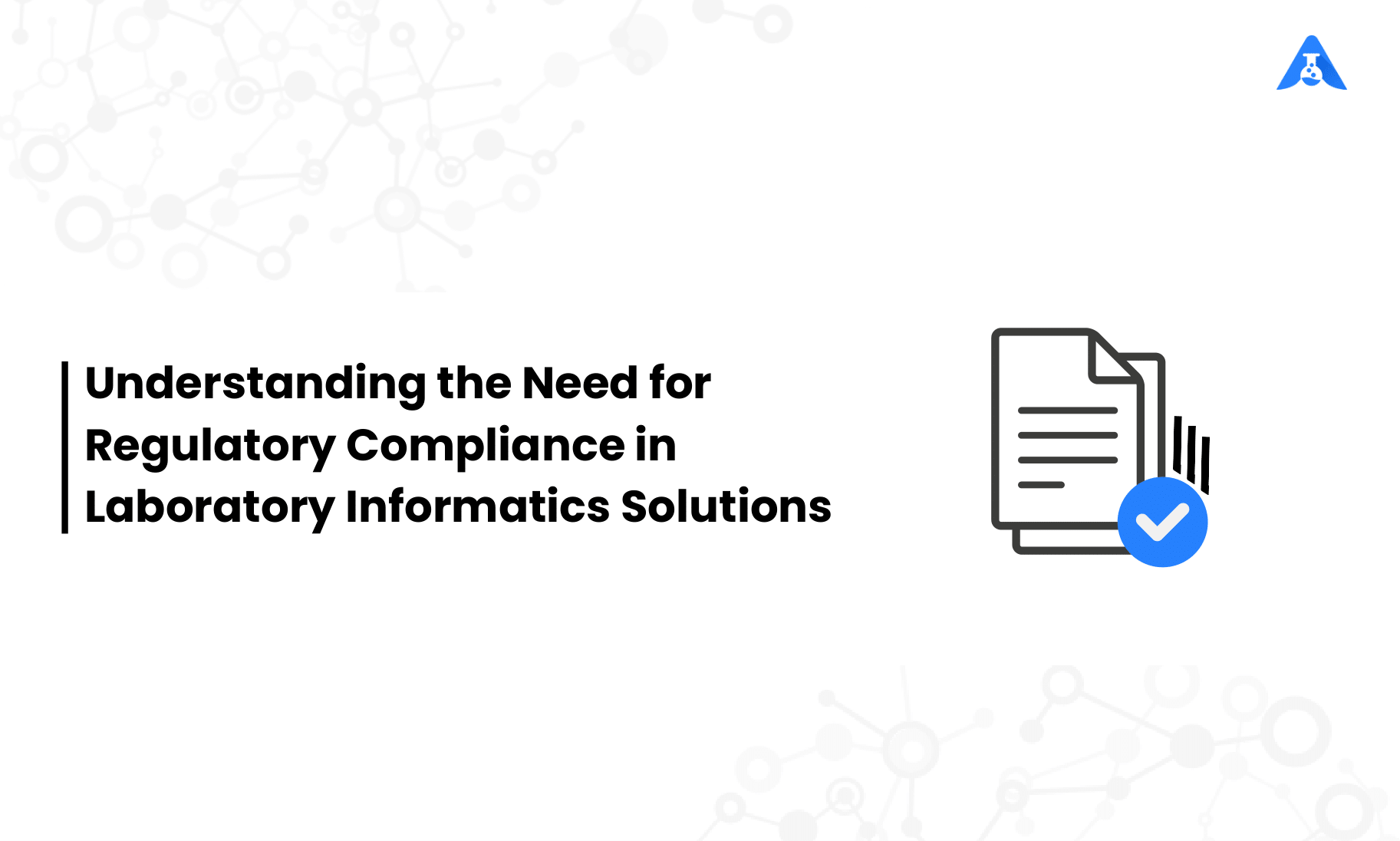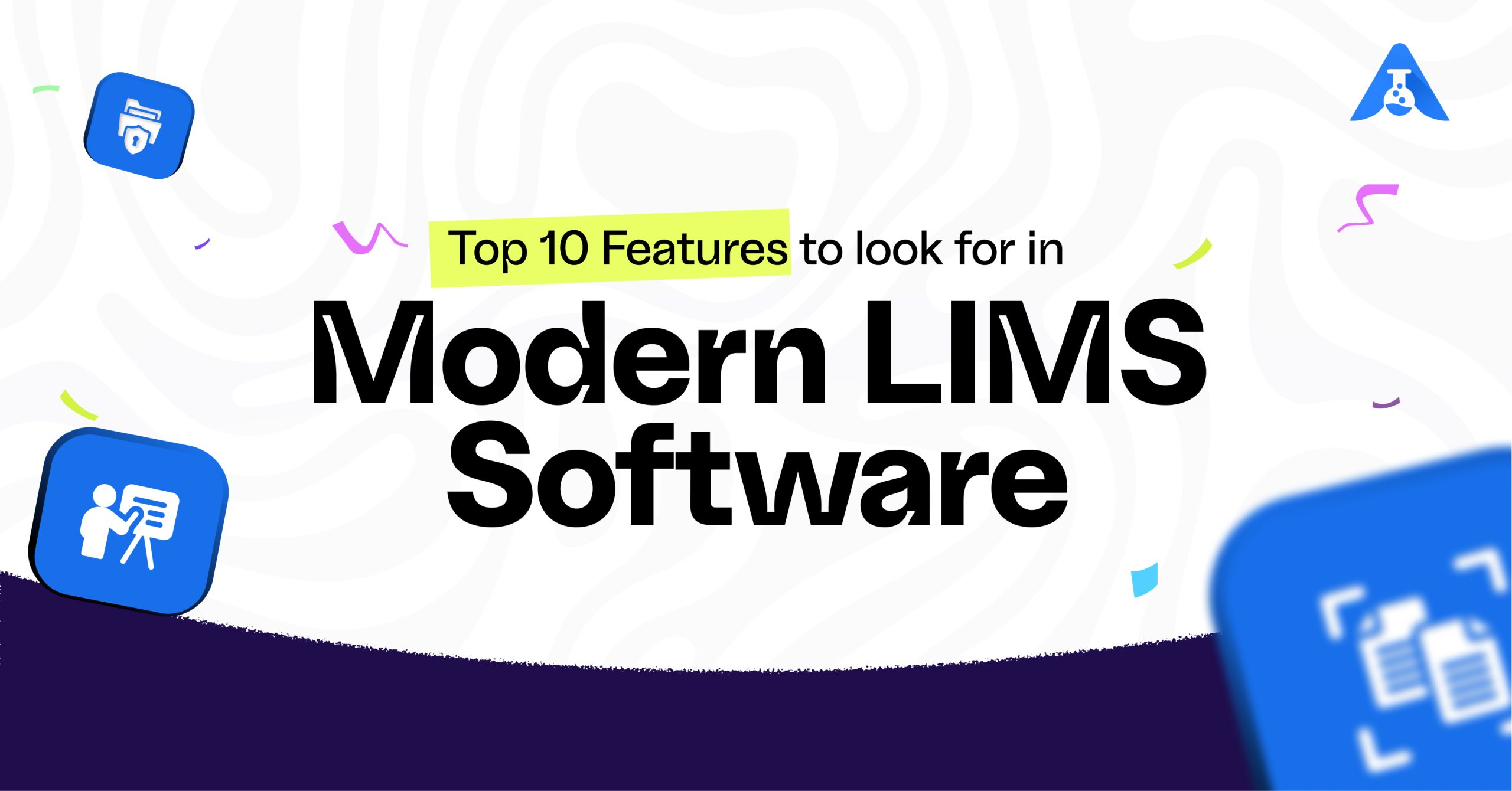If you have been a LIMS vendor or are a company that falls under the life sciences field for quite a while now, you probably already know that regulatory compliance goes hand in hand with working in the said field. In fact, many experts that work in labs and other types of research entities that rely on lab information management software will not hesitate to admit that compliance is now more important than ever.
As to why this is so, we have outlined the exact reasons in this post. What’s certain is that if you’re a developer of LIMS software or are managing a laboratory with the help of LIMS data management, you need to make sure that it is compliant with the present industry standards.
Underscoring the Significance of Regulatory Compliance in Labs and LIMS Solutions.
Part of the reason why there is a heightened drive for lab and LIMS audits stems from the increasing number of certifications that laboratories need to acquire. These certifications may vary per industry, but we can’t deny the fact that industry standards, as a whole, have become more stringent when guaranteeing the quality and safety of end-products.
Of course, there are also rules that have since been created for regulating the use of LIMS cloud software as well. Labs also need to make sure that data integrity is still intact and their electronic records reflect the actual results. As much as possible, good data lineage should be maintained for better reference and transparency.
It does not stop there. Already, there are numerous quality assurance checks that these types of software have to go through to meet regulatory requirements. It’s usually up to the auditors how they will check every LIMS application, but on the whole, labs must already have the proper documents prepared for the said validation.
On the whole, compliance will always remain a crucial element in the functioning of laboratories simply because these regulations not only guarantee safety but the efficiency of the labs as well. With quality assurance pretty much a given, why won’t that be the case?
Unfortunately, Compliance Challenges Linger
Many experts, for example, have already made it clear that the changes in personnel or the lack of it as a result of retirements and attrition. Even if your lab is not facing shortages, it can still prove to be difficult to train new personnel regarding proper compliance.
Other than that, labs also encounter budget problems as well as being able to come up with better guidelines that will be able to smoothly keep up with the technology that laboratories use. Laboratories need to evolve, but it can be hard to ensure compliance if there is technological fragmentation involved.
Now, do you see why if you happen to be using a cloud-hosted LIMS, you need to be sure that it is compliant, too?
Thankfully, Most LIMS Solutions Are Designed to Take Care of Compliance Issues
After all, a lot of LIMS lab software pretty much optimizes lab data management.
- With better data organisation, standardisation, and accessibility, labs will not have a hard time ensuring data traceability.
- The assignment of barcodes to every sample minimises the risk of errors or tampering of any kind. This only paves the way to improved data accuracy and accountability.
- Another fundamental aspect that enhances accuracy is the automation of the data gathering process. It completely eliminates the need for manual data capture, which often carries the downside of lesser accuracy.
- Certain features of the LIMS allow it to directly connect with the instruments and other software used during the study. These features also lend themselves to ensuring the mitigation of errors.
- Some LIMS solutions also automatically mark items that fail to meet specific requirements. This way, labs will be able to already ascertain which ones to review and which ones will enter the next stage of production.
- Since all the necessary sample data will be made available during and after the testing, the LIMS software will make it easy for researchers to create reports that can be made available to auditors without much delay.
- The data pertaining to compliance can be easily sorted and isolated. It can be easily shared, too, to every authenticated user in the LIMS environment.
- With data that is readily visible, users may conveniently pinpoint areas that may require improvement, particularly vulnerabilities that may compromise data integrity. The insights provided by such weaknesses may prove to be invaluable in preventing problems that affect compliance.
Conclusion
Once a LIMS implementation has been validated, it is practically a confirmation that the laboratory complies with industry standards. After all, LIMS software has since become the heart of most labs. What lab working at present will willingly exchange the efficient sample management guaranteed by a compliant LIMS solution?
Once the software earns the compliance check-mark, it is almost always smooth sailing from there given how the software is founded on essential aspects such as organization, visualization, and automation.





